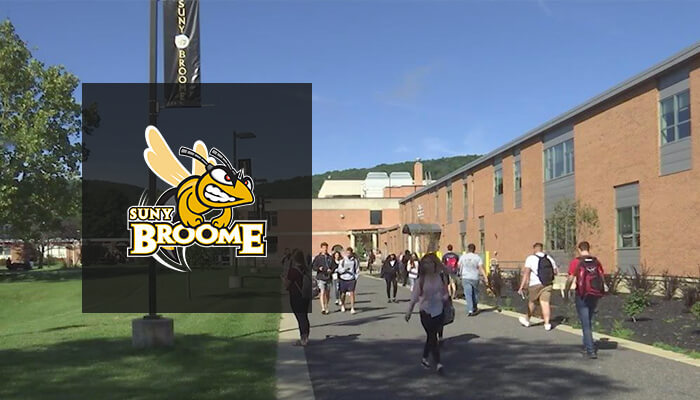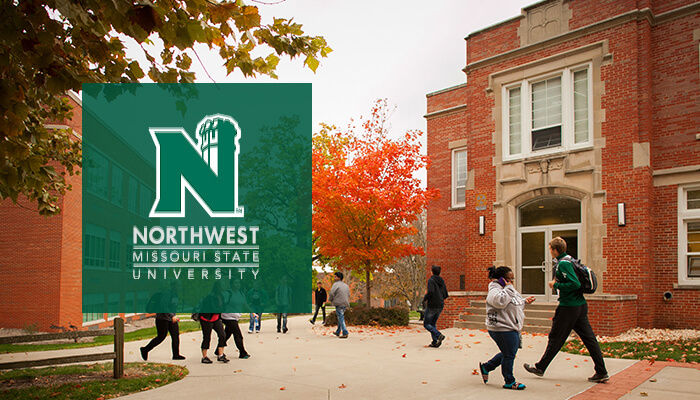
How Student Involvement Helps Improve Completion Rates
Share this Post
In partnership with Civitas Learning©, one Florida-based public university built a collaborative data infrastructure and culture to support sustained student success. Real-time visibility into their student data revealed that simply applying standard best practices and the latest higher ed trends was not impactful for their diverse student population. This discovery prompted them to shift away from one-size-fits-all tactics to a multi-faceted strategic plan for student success.
The first step was creating initiatives tailored to meet the needs of their particular students and student groups, including step-by-step roadmaps, a more flexible Bachelor of general studies, progressive academic grants, and more. Looking more closely at particular programs and policies helped remove barriers to completion, improve equity, and eliminate the historical achievement gap.
Understanding the Impact of Student Involvement on Persistence
Continual assessment and reevaluation allow continued progress by uncovering what works best for student success. For many institutions, it’s essential to use limited resources wisely.
To that end, leaders wondered how campus involvement impacts their students’ progress toward graduation. And wanted to provide even more value to their students by connecting them to activities that could meaningfully benefit them throughout their college experience. Understanding the impact of student involvement programs on student persistence would allow them to identify where to reinvest resources and how to intentionally connect students with the right activities.
““Student involvement is an essential driver for persistence, especially for those students who are least likely to persist.””
To better understand how student activities like organization membership, career coaching, and campus recreation impact students, leaders periodically run analyses using the Civitas Learning Student Impact Platform, which controls self-selection bias for the most accurate results. Once student lists are uploaded into the tool, leaders can see how participating in campus activities lifted a student’s probability of persisting compared to students who choose not to participate.
Leaders learned that accurate participation lists were a vital ingredient in this process. To gather the quality data needed for meaningful analysis, leaders standardized student involvement data collection and replicated these practices across campus to ensure they could track all student activities. Leaders cite two elements as essential to building a thriving assessment culture:
1. Ensure they had the data to run meaningful assessments- predictive analytics and accurate student involvement lists.
2. Equip cross-functional teams with analysis data to positively impact students who will benefit most, specifically designating staff to look for opportunities to connect the most vulnerable students with meaningful activities.
What Student Involvement Analysis Revealed
Analysis revealed that student involvement is an essential driver for persistence, especially for those students who are least likely to persist. Not only could they see the impact of specific involvement opportunities, but they learned that any student involvement made a significant impact on student persistence. Their analysis examined a wide range of activities, including:
- Involvement Initiative One: Health Promotion Program
Health Promotion provides a wide range of consultations and workshops on health-related topics for all students.
- Involvement in health promotion programs resulted in a 2.5 PP lift across 21,909 participants
2. Involvement Initiative Two: Campus Recreation
Campus Recreation offers a wide variety of fitness and recreational sports activities to the entire community.
- Involvement in campus recreation resulted in a 2.6 PP lift across 43,403 participants
3. Involvement Initiative Three: Career Center
The Career Center supports students, alumni, and employer partners with the development of essential career skills, experiences, and connections.
- Use of the career center resulted in a 2.2 PP lift across 51,734 participants
4. Involvement Initiative Four: Student Involvement
This initiative analysis considers any level of involvement’s impact on student persistence.
- Overall student involvement resulted in a 4.9 PP lift across 3,622 participants
Once leaders identified the significant impact that any student involvement activity has on persistence, they identified specific students who could benefit most from student success initiatives. Once students are identified, student success teams composed of an assigned academic advisor, career counselor, and financial aid counselor used this information to encourage students to get involved with meaningful activities.
Visibility into the impact of various activities enabled success professionals to know precisely which initiatives could be most effective in helping specific students. By combining this approach with other impactful strategies, they were able to significantly improve 4-year graduation rates across all student populations.
The Result? A More Than Doubled Four-Year Graduation Rate
Insight into what works for their students enabled them to build a multi-pronged approach to student success. This practice more than doubled its four-year graduation rate from just 19 percent in 2014 to nearly 48 percent in 2020, with the most significant gains among historically underserved groups, including Black, Latino, and Pell-eligible students.
Alignment of data culture with a strong commitment to equity resulted in significant gains in student success. More importantly, it removed historical barriers to equity, which resulted in historically marginalized students exceeding the graduation rates of the overall student population.


